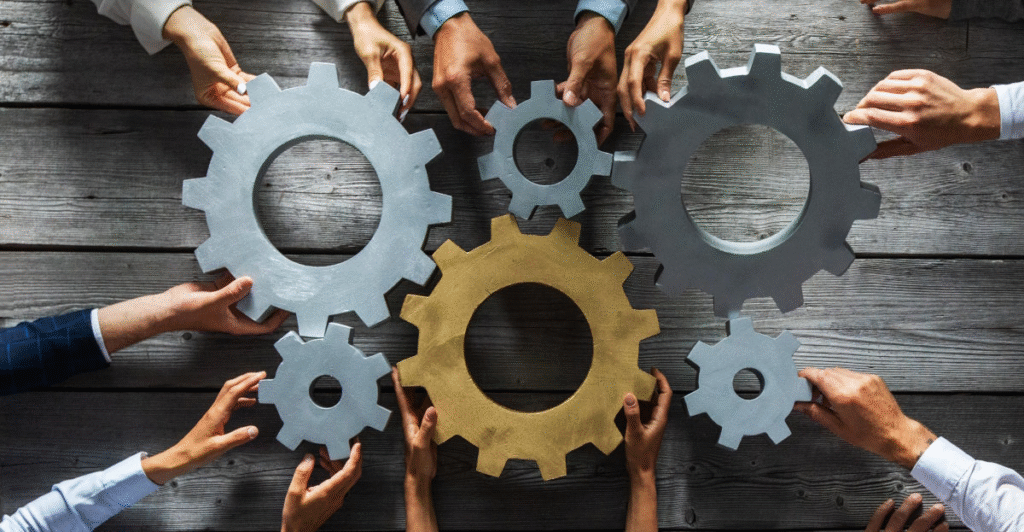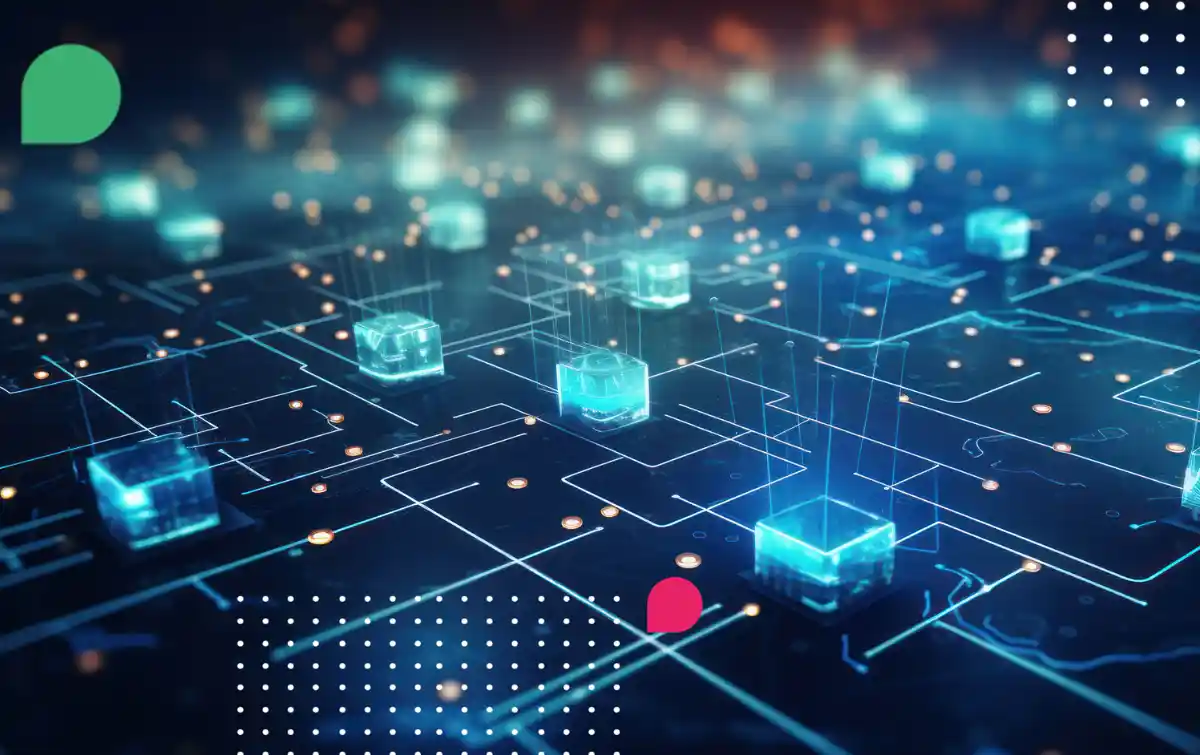If your workday feels like it’s creeping into your mornings, evenings, and even weekends — you’re not imagining things. According to Microsoft, the modern workday has become “infinite” for many of us.
In its new report, “Breaking Down the Infinite Workday,” Microsoft takes a close look at how and when people are working — and suggests that AI might be the solution we need to take back our time.
We’re Always Working — Even When We’re Not Supposed To
Using anonymous data from tools like Microsoft Teams, Outlook, and Office, Microsoft tried to answer a simple question: When are people actually working these days?
Turns out, the answer is: all the time.
Some key findings:
- 40% of workers check email before 6 a.m.
- Most people get over 150 Teams messages and 117 emails per day
- Meetings happen when we’re supposed to be most focused — between 9–11 a.m. and 1–3 p.m.
- Interruptions (messages, pings, pop-ups) hit every two minutes
- Meetings after 8 p.m. are up 16% in the last year
- 1 in 5 workers check email on weekends
So, even though remote and flexible work were supposed to give us more freedom, many workers feel like they’re never really off the clock.
Microsoft’s Fix? Let AI Handle the Small Stuff
Microsoft believes that AI can give people their time back by doing the things that eat up hours — but don’t need a human brain.
That includes:
- Scheduling or recapping meetings
- Drafting routine reports
- Managing notifications and inbox clutter
- Surfacing important updates automatically
By handing these tasks to AI agents, Microsoft says people can focus more on deep, meaningful work — the kind that moves projects forward.
Use the 80/20 Rule to Work Smarter, Not Longer
One of Microsoft’s biggest pieces of advice? Focus on the work that matters.
It recommends the classic 80/20 rule: Spend your energy on the 20% of work that drives 80% of results.
For example:
- Let AI summarize meetings, so you don’t have to attend them all
- Use AI to help prep documents or review data
- Free up your calendar to actually do focused work, instead of reacting to everything
It’s not about doing less — it’s about doing less of the wrong stuff.
Rethink How Teams Are Organized

Microsoft says it’s time to move beyond old-school org charts.
Instead of just dividing work by job titles or departments, it suggests using a “work chart” — where teams form around outcomes, not roles.
Picture a product launch:
- Marketing handles content
- Finance handles budget
- Analytics runs the numbers
- Communications crafts the messaging
With so many people involved, even a small change (like a price update) can take days. But with AI helping pull and share information across departments, those delays shrink — and collaboration gets smoother.
Real People Are Already Using AI to Stay Ahead
Microsoft points to a few examples of how this is already working in real life.
One of them is researcher Alex Farach, who uses three AI agents daily:
- One gathers research
- One runs analysis
- One drafts summaries based on both
Instead of juggling everything himself, he’s able to get more done without working more hours.
At another company, Supergood (formerly Supernatural), teams use AI as a kind of “creative power tool.” The AI helps gather data, generate ideas, and support every step of the process — while still leaving the final decisions to humans.
Supergood’s co-founder, Mike Barrett, put it like this:
“AI isn’t here to steal your job — any more than a power saw replaced carpenters. It’s just a better tool.”
Don’t Just Add AI. Fix the System.
Microsoft warns that just throwing AI into a broken workflow won’t help. In fact, it might make things worse.
Instead, companies need to:
- Redesign how teams work
- Respect people’s time and mental space
- Use AI to create a better rhythm for work — not a faster version of the same old grind
Done right, AI can lift the weight, not add more to it.
Key Takeaways
Let’s break it all down:
🔹 The workday is longer than ever, thanks to nonstop emails, chats, and meetings
🔹 Workers are burned out, distracted, and often working at the wrong times
🔹 AI can help by taking on repetitive tasks and giving people time for real thinking
🔹 The 80/20 rule still works — focus on what matters, let AI handle the rest
🔹 Rethink how teams are built — organize by goals, not job titles
🔹 AI won’t replace humans, but it can become a powerful support system
